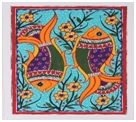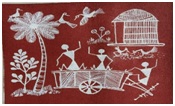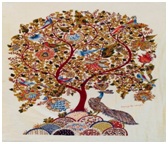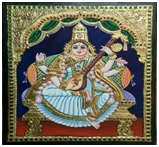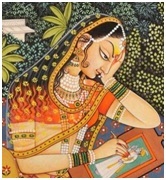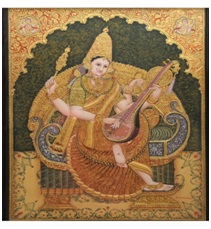

Context
In a recent finding, rare black stick-like drawings of human beings have been discovered in two caves at Paibogula village in Kurnool district close to the Kundu River in Andhra Pradesh.
About
Key-highlights of the Finding
- These drawings are supposed to be dating back to the Megalithic Period (1500 to 500 BC) and early Historical period (500 BC to 600 AD).
- These newly explored rock art sites in the Kundu river valley in Gadivemula Mandal are 40 km from Kurnool city.
- These caves are locally known as Yedoorlagayi; Siddhulagayi, and Gurralapadah.
- These sites have rock art in black, red, and white pigments, along with cupules or cup marks of varying sizes, which need to be studied further for the exact dating, he added.
- These cupules were made on gneissic granite, a very hard and erosion-resistant rock type.
- The largest of these measures 10 cm in diameter and 5 cm in depth.

What is Rock Art?
- These rock art, drawing, painting, or similar work on or of stone, usually belonged from the ancient or prehistoric era.
- Rock art includes pictographs (drawings or paintings), petroglyphs (carvings or inscriptions), engravings (incised motifs), petroforms (rocks laid out in patterns), and geoglyphs (ground drawings).
- The ancient animals, tools, and human activities depicted often help shed light on daily life in the distant past, though the images are frequently symbolic rather than representative.
|
Painting |
Detail |
|
Madhubani painting (Mithila painting)
|
|
|
Warli Paintings
|
|
|
Kalamkari Painting
|
|
|
Gond Painting
|
|
|
Tanjore Painting (Thanjavur painting)
|
|
|
Rajput Painting (Rajasthani paintings)
|
|
|
Mysore Painting
|
|
